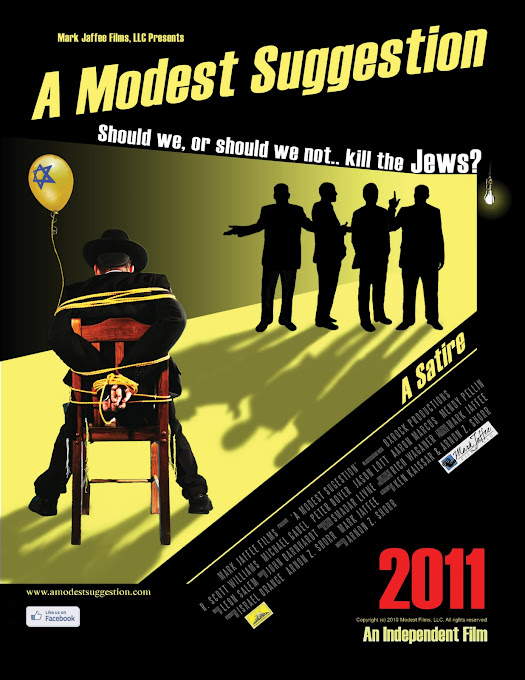Instead of this, I devised a hybrid method that combines my tried-and-true pencil-and-paper method with the promise of digital previsualization.
First, I sat down with the script and devised a general visual approach to each act of the narrative. This "lens plot" (inspired by Sidney Lumet's approach, described in his wonderful book, "Making Movies") served as a guideline for what shots I would or would not include in a given scene.
Second, I took that "lens plot" and used SketchUp to create most of the shots that I would use -- in this instance, medium shots, wide shots, shots with very few angles. I made about ten or twelve image files, and printed them all, nine images to a page. I cut these out and arranged them in stacks.
Third, I storyboarded. Instead of drawing a shot by hand, I grabbed a picture from a pile and taped it on to my storyboarding page. I wrote in notes, drew in arrows for camera movements, and folded the little papers to form tighter shots.
Aside from the obvious benefit to my writing hand, this process had an aesthetic impact, and will have a logistical impact as well.
By having before me a limited array of shots, I was 'forced' to tell the story from a limited number of vantage points. Rather than confining me, this limitation allowed me to approach the scene more fluidly -- every available shot is part of a broader scheme, so, in a way, any shot I choose would be "correct". I didn't have to worry so much about whether a shot would fit in the scene's context. I only had to focus on the way each shot related to its immediate context, and to the character and the moment.
The logistical impact may be obvious -- by limiting my choices of camera angles, I'm also limiting the number of setups that will be necessary on the set. This will give us more time to focus on performances, and the nuances of camera position, lighting, sound, etc.
Now that the first act is storyboarded, I've got to think about how to approach the 2nd and 3rd acts. They involve more movement, both in terms of the characters and in terms of the camera. Will this approach work for these more fluid scenes? I'm not entirely sure yet, but I'll find out soon...
-Arnon Shorr
Director, "A Modest Suggestion"

